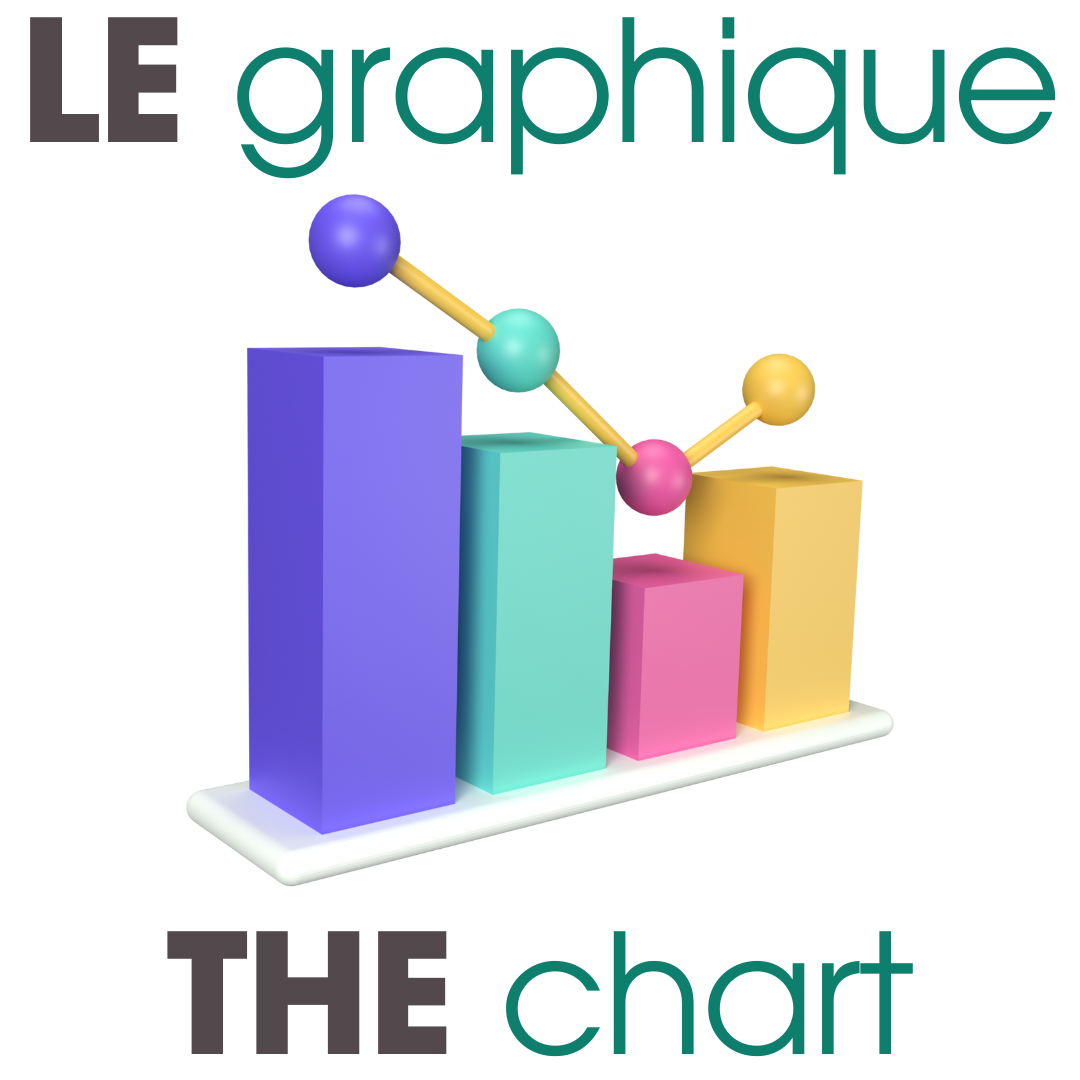The fixed exchange rate regime exacerbates deindustrialization
By Carl Grekou, Valérie Mignon
Premature deindustrialization in most emerging and developing economies has been one of the defining trends of recent decades. The adoption of a fixed exchange regime by low-productivity countries particularly accelerates this phenomenon.



